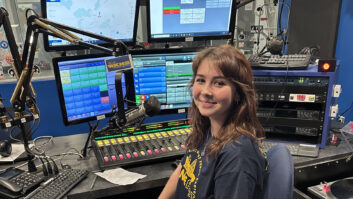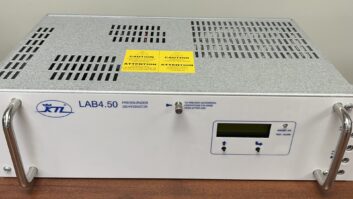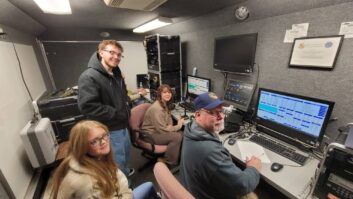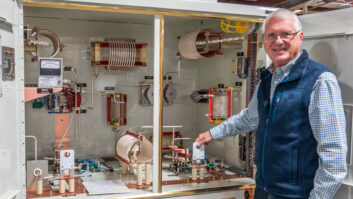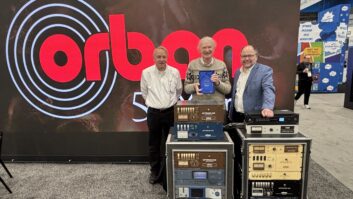Have you ever had to resort to “unconventional technology” to put your TV or radio station back on the air?
If so, you may be interested in the article “Masters of improv” on www.symmetrymagazine.org. The examples include using a 13-ton concrete block to straighten a 1-ton brass plate used in the detector at the Stanford Linear Accelerator and a system using an aspirin tablet and a spring-loaded switch to detect and locate water leaks.
There is also a description of the experiment used to confirm “interactions involving the weak force do not show perfect mirror symmetry, or parity” and that “nuclei of atoms eject electrons in a preferred direction as they decay, rather than spraying them randomly.”
Does this sound like an experiment that would involve a lot of expensive equipment?
Leon Lederman, former director of Fermilab, hijacked a graduate student’s experiment at Columbia’s Nevis laboratory and rearranged it into one they could use. The components of the modified experiment included a coffee can supported on a wooden cutting board, on top of which rested a cylinder cut from an orange juice bottle. A can of Coke was used to prop up a device for counting electron emissions. Scotch tape held it all together.
See “Masters of improv” for more interesting kludges.
— Doug Lung, TV Technology

